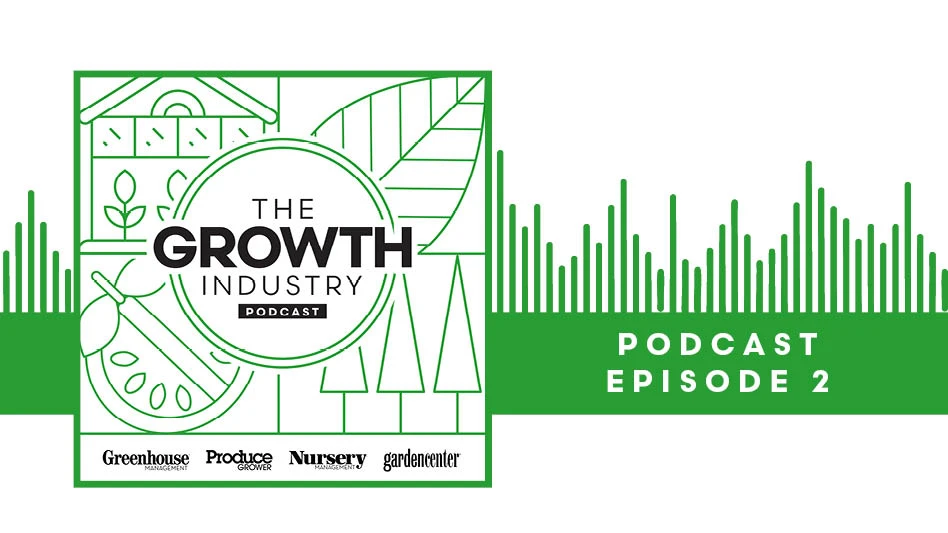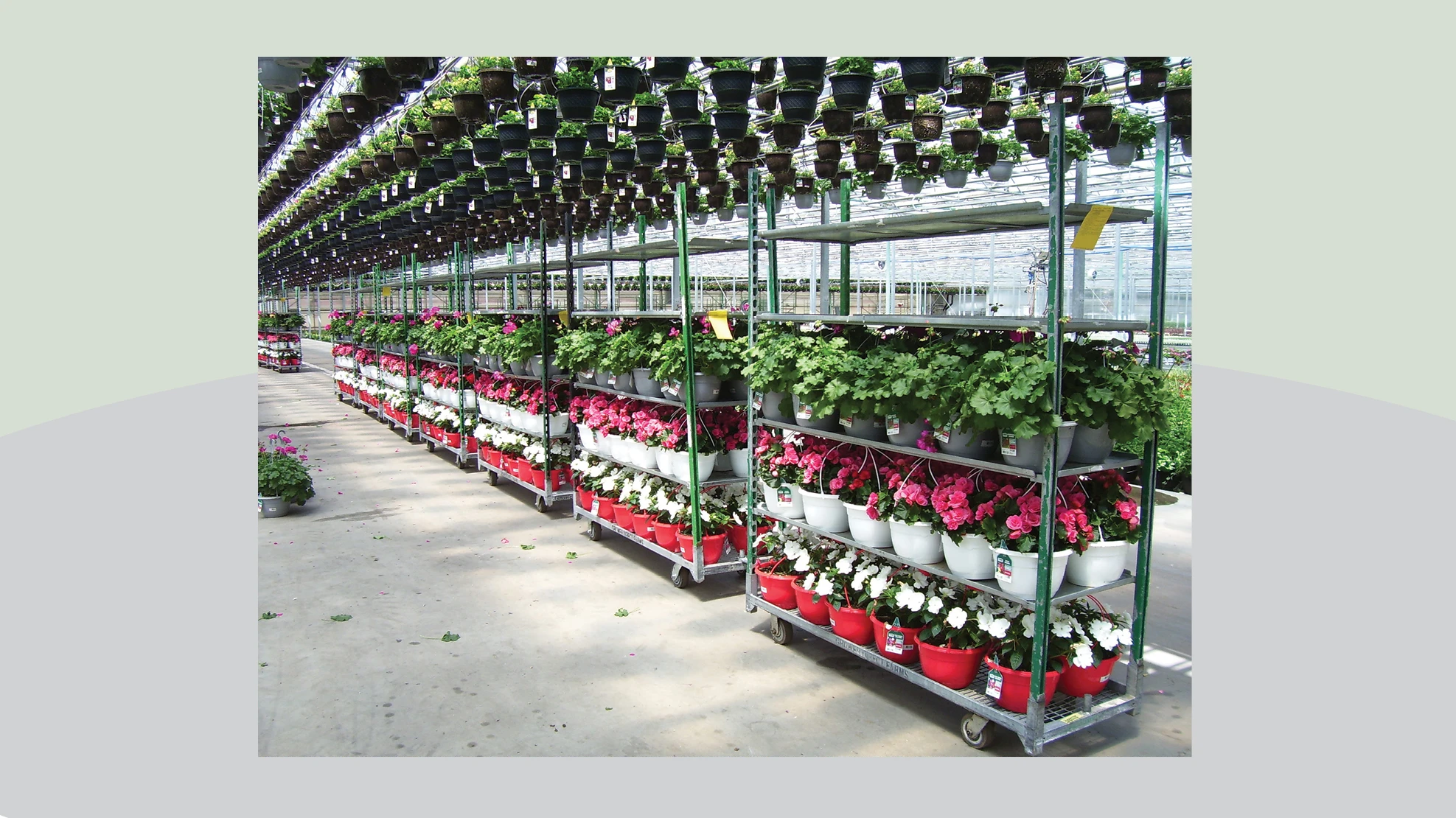.jpg) Julie Newman Julie Newman |
Pesticide resistance can occur with repetitive use of the same chemicals. A resistance management plan is critical to avoiding pesticide resistance and to sustaining the use of limited available products. Here are some tips to consider when developing a resistance management plan. Quick Tip 1 Quick Tip 3 Look for pesticide properties that do not promote resistance. Avoid the use of persistent chemicals. An ideal pesticide quickly dissipates so that pesticide residuals do not degrade over time to a concentration that will kill only the susceptible individuals within a population. When persistent chemicals must be used, consider where they can be used in a rotation scheme to provide the control needed and with a minimum length of exposure. Products with multiple modes of activity can be used anytime in a rotation scheme. These include pesticides that kill by desiccation or smothering (insecticidal soap, horticultural oils), selective feeding inhibitors and biopesticides. In contrast, conventional insecticides and miticides tend to have site-specific modes of activity. These pesticides inhibit one vital function or target site. Also, these pesticides must be managed carefully because it only takes a single-gene mutation to develop resistance. Pesticides can be selective or nonselective (broad-spectrum). Selective pesticides kill only certain groups or species of plants or animals and are generally preferred in IPM programs. Use of selective pesticides in combination with biological control fosters reduced pesticide use and avoids the buildup of pesticide resistance among pest survivors through parasitism or predation. Check fungicide labels and group information for the risk of resistance development. Know which fungicides are rated as high risk and follow label instructions for managing fungicide resistance. Most of the newer fungicides have a single-site mode of action which favors the development of resistance. Look for fungicides that are multi-site inhibitors (mode-of-action group M), denoting a low risk of resistance development. Include these multi-site inhibitors in your rotation schedule. Have a question? You can write Julie at jpnewman@ucdavis.edu. |

Explore the June 2011 Issue
Check out more from this issue and find your next story to read.
Latest from Greenhouse Management
- Society of American Florists accepting entries for 2025 Marketer of the Year Contest
- Sustainabloom launches Wholesale Nickel Program to support floriculture sustainability
- American Horticultural Society welcomes five new board members
- Color Orchids acquires Floricultura Pacific, becoming largest orchid supplier in U.S.
- American Floral Endowment establishes Demaree Family Floriculture Advancement Fund
- The Growth Industry Episode 3: Across the Pond with Neville Stein
- 2025 State of Annuals: Petal power
- Long-term labor solution







